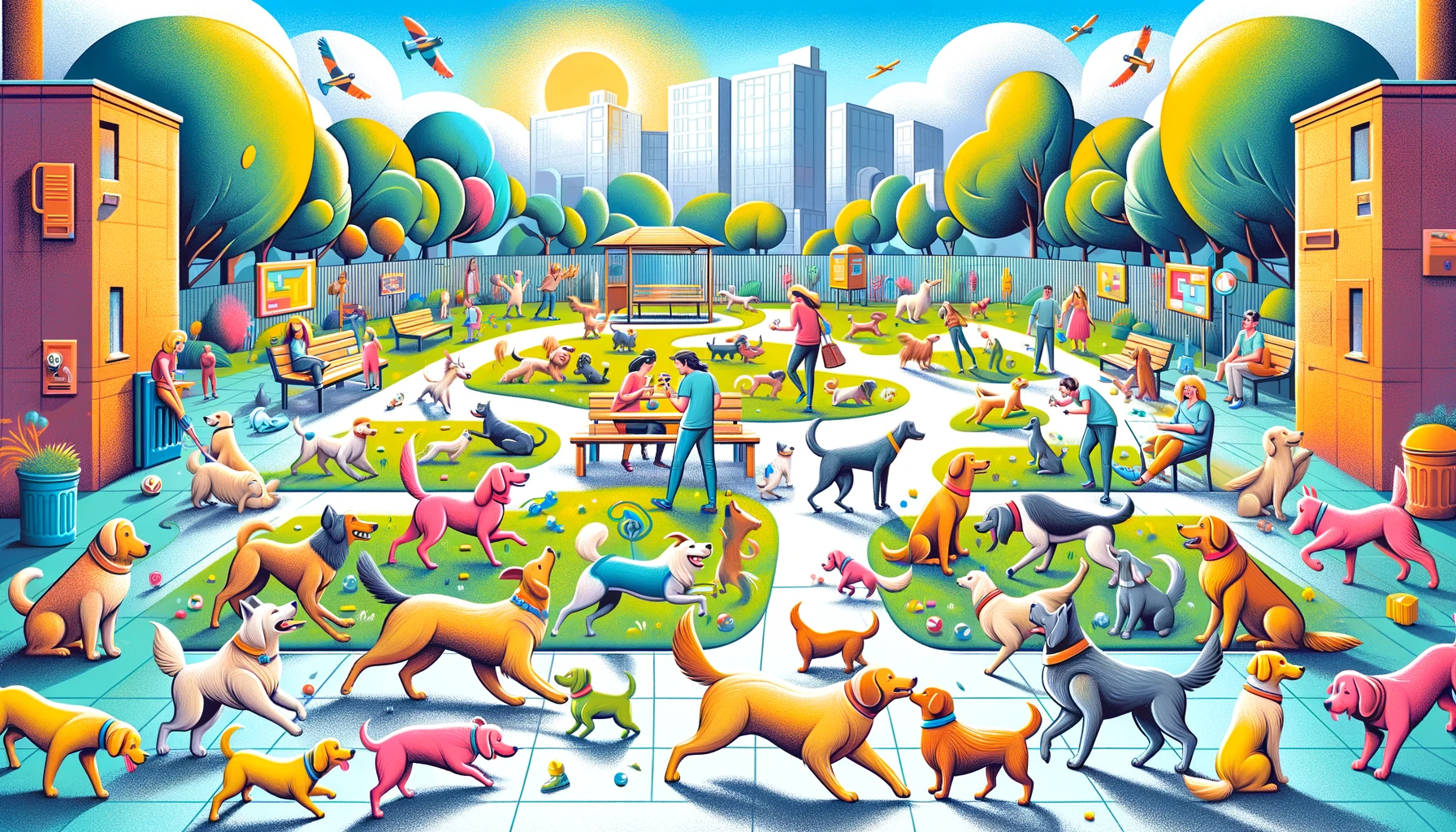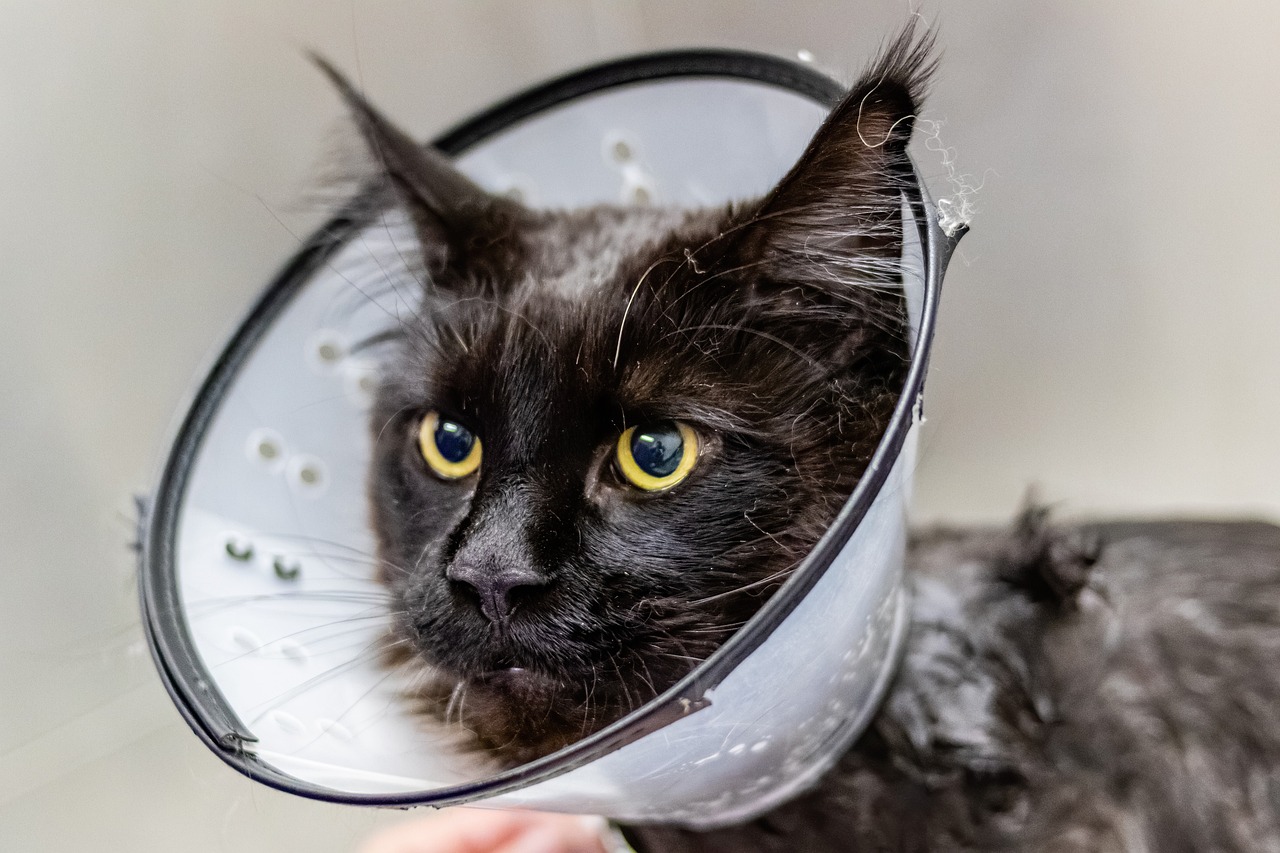Let’s face it: socializing your dog with other animals can feel a bit like throwing a teenager into their first dance. Awkward glances, uncertain sniffing, and a whole lot of “Do I really have to do this?” looks. But fear not, intrepid dog owner, for I am here to guide you through this minefield of furry social etiquette.
The Beginning of a Furry Friendship
Step 1: Understand Your Dog’s Inner Monologue
First things first, it’s crucial to understand that your dog is probably not dreaming of being the life of the party. In doggy dreams, they’re more likely chasing squirrels or wondering why you won’t share your pizza. But social skills are important, even for the most introverted of canines. The goal is not to make them the next dog influencer on Instagram but to ensure they don’t turn into the grumpy old man of the dog park.
Step 2: Puppy Playdates – Not Just for the ‘Gram
Starting early is like investing in doggy Bitcoin – it pays off. Puppy playdates are the secret sauce to molding your young, impressionable pup into a well-rounded socialite. But remember, these are not just photo ops for your social media. Choose playmates wisely. You want the friendly, well-mannered dogs, not the ones teaching your pup the canine equivalent of bad words.
Step 3: Reading the Room (or the Park)
Like any good party, reading the room is key. Observe the body language of your dog and their newfound friends. Tail wagging? Good sign. Growling and raised hackles? Party foul. Be ready to step in and break up any potential scuffles – think of yourself as the bouncer at Club Canine.
Step 4: The Art of the Sniff
In the dog world, sniffing is like shaking hands, except with more personal information being exchanged. Allow your dog to approach other animals at their own pace. Forced greetings are as awkward for dogs as being pushed into a conversation with your mom’s friend’s cousin at a family gathering.
Step 5: Patience, Grasshopper
Remember, Rome wasn’t built in a day, and neither is a social canine. It takes time and patience. There will be setbacks – like the time your dog decides that the best way to say hello is by stealing the other dog’s ball. Take these hiccups in stride. Your dog is learning, and so are you.
The Do’s and Don’ts of Canine Conversations
In this chapter, we’ll explore the intricate dance of doggy dialogue.
Step 6: The Mingle Masterclass
Imagine you’re at a party. Now, imagine that party is full of creatures that communicate by sniffing each other’s butts. Welcome to your dog’s social scene. Your role? To be the wingman (or wingwoman) your dog never knew they needed. Guide them to potential friends but don’t force interactions. Remember, not every dog is going to be their BFF, and that’s okay.
Step 7: The Art of Distraction
Sometimes, the best way to avoid a social faux pas is a good, old-fashioned distraction. Is your dog fixating on a grumpy old bulldog who clearly isn’t interested in making friends? Time to whip out the squeaky toy or some tantalizing treats. Distractions are the social lubricant of the dog world.
Step 8: The Playdate Post-Mortem
After each playdate or park visit, take a moment to reflect. Did your dog make a new friend? Great! Did they spend the whole time barking at a tree? Well, there’s room for improvement. Use these reflections to adjust your strategy. Maybe your dog prefers one-on-one interactions over the chaos of a dog park. That’s fine. Not every pup is a party animal.
Step 9: Dealing with the Doggy Divas
Just like in the human world, the dog world has its divas. These are the dogs that think the park is their personal runway. It’s important to recognize when these divas might influence your dog’s behavior. If your dog starts to mimic a diva’s less desirable traits, it might be time to find a new role model.
Step 10: Celebrate the Small Victories
Did your dog finally play nicely with another dog? Celebrate it! Did they manage to not eat another dog’s food? That’s a win! Celebrating these small victories encourages both you and your dog to keep at it. Socializing is a journey, not a destination.
The Ultimate Test – Surviving the Dreaded Vet Visit
The vet visit – the Waterloo of many a well-socialized canine. It’s one thing to frolic in the park; it’s quite another to maintain composure while being poked and prodded by a well-meaning human in a white coat. But fear not! Here’s how to navigate this with the grace and poise of a dog who’s seen it all (or at least pretends to).
Step 11: The Pre-Vet Pep Talk
Start by giving your dog a pep talk. Yes, they might not understand your words, but your tone and energy are contagious. Be calm and positive. Remember, if you’re acting like you’re leading them into a den of doom, they’re going to pick up on that. Instead, exude the vibes of someone taking a casual stroll to their favorite café.
Step 12: The Waiting Room Waltz
The vet’s waiting room can be a scene straight out of a canine soap opera – full of drama, unexpected encounters, and the occasional hissy fit (and that’s just the pet owners). Keep your dog close and distracted. This is not the time for them to make a beeline for the cat carrier or decide that the nervous poodle needs a new best friend.
Step 13: The Treat Trickery
When in doubt, bribe. Have a stash of your dog’s favorite treats to make the vet experience as pleasant as possible. Every time they remain calm or follow a command, reward them. You’re basically turning the vet visit into a game show where your dog is both the contestant and the winner.
Step 14: Post-Visit Praise
Once the ordeal is over, shower your dog with praise and perhaps a special treat or toy. This positive reinforcement helps them associate the vet with good things (or at least tolerable things). Over time, this can turn a nerve-wracking experience into something they handle with stoic bravery (or at least less drama).
Step 15: Reflect and Adjust
Reflect on the visit. What worked? What didn’t? Maybe your dog needs a quieter waiting area, or perhaps they’re more at ease with a particular vet. Use these insights to better prepare for the next visit. It’s all about making incremental improvements.
Remember, every dog is unique, and socialization is a continuous process. Keep up the good work, and who knows, maybe one day your dog will be the one giving other nervous pups in the waiting room a reassuring tail wag.
Pro Tips: The Secret Sauce for a Social Superstar Pooch
- Dog Park Detective: Spend time observing your dog at play. This isn’t just about making sure they don’t start a canine coup. It’s about understanding their play style, preferences, and triggers. Is your dog a wrestler or a chaser? Do they prefer calm companions or high-energy playmates? Knowledge is power.
- Mix It Up: Expose your dog to a variety of environments and animals. A well-rounded dog is one that’s comfortable in different settings, be it a bustling city street or a serene country trail. Remember, every new experience is an opportunity for social learning.
- Learn Doglish: Understanding basic dog body language can significantly improve your ability to guide your dog through social interactions. Tail wags, play bows, and ear positions are all part of the complex language of Doglish.
- Never Stop Learning: Socialization isn’t just for puppies. Older dogs can learn new social tricks too. Keep engaging your dog in social activities throughout their life to maintain and improve their skills.
- The Safety Net: Always have a plan for quickly removing your dog from a situation if things go south. This might mean having a strong recall command, carrying a leash at all times, or knowing the nearest exit in any environment.
- Embrace Their Unique Paw-sonality: Every dog is different. Embrace your dog’s unique personality, even if it means they’ll never be the social butterfly you imagined. Sometimes, being a happy wallflower is just as good.
- Gentle Nudges: Encourage but don’t force social interactions. Gentle encouragement can help a shy dog come out of their shell, but pushing too hard can backfire spectacularly.
- Seek Expert Advice: If you’re struggling, don’t hesitate to consult a professional dog trainer or behaviorist. Sometimes, a little expert input can make a world of difference.
FAQ: Navigating the Howl’s and Whys of Dog Socialization
Playful behavior often includes a relaxed body posture, play bows (front end down, back end up), and a wagging tail. Aggressive behavior might involve stiff body language, prolonged staring, growling, or snapping. When in doubt, separate the dogs and observe their reactions.
Absolutely! While it’s true that puppies are like sponges for social learning, older dogs can also learn to socialize. The key is patience, positive reinforcement, and gradually introducing new experiences.
Regular socialization is ideal. Aim for consistent, positive social experiences. This could mean daily walks in the park, weekly playdates, or regular visits to dog-friendly spaces. The goal is regular, positive interactions, not a social marathon.
Start with short, positive experiences in controlled environments. Pair social encounters with treats and praise. Gradually increase exposure as your dog becomes more comfortable. Remember, some dogs are naturally more reserved, and that’s okay.
Dog parks can be great but also overwhelming for some dogs. Start with off-peak hours when fewer dogs are present. Observe your dog’s comfort level and be ready to leave if they seem stressed. Not all dogs are dog park dogs, and that’s perfectly fine.
Intervention is necessary if play escalates into aggression or if one dog is clearly not enjoying the interaction. Otherwise, it’s often best to let dogs communicate and set their own play boundaries, provided you’re closely supervising.
Work on basic obedience commands like ‘sit,’ ‘stay,’ and ‘come’ in distracting environments. Practice calm greetings with friends’ dogs, rewarding calm behavior. Consider enrolling in a training class focused on social skills.
Introduce your dog to other animals slowly and in a controlled setting. Always supervise interactions and be prepared to intervene. Start with short, positive experiences, gradually increasing exposure as your dog shows comfort and appropriate behavior.



